Here is a table summarizing the different types of motors available for sewing machines, along with their pros and cons:
| Type of Motor | Pros | Cons |
|---|---|---|
| Clutch Motor | Precise control over sewing speed | Requires more maintenance |
| Direct Drive Motor | Quiet, smooth operation | Less control over sewing speed |
| Servo Motor | Energy efficient, adjustable sewing speed | More expensive |
| Electronic Motor | Adjustable sewing speed | Requires electricity |
Clutch motors are a popular choice for sewing machines because they offer precise control over the sewing speed and they are relatively quiet and smooth running. However, they do require more maintenance than other types of motors and can be more expensive to repair if they fail.
Direct drive motors are another popular choice for sewing machines. They are quiet and smooth running and do not require a clutch mechanism. However, they offer less control over the sewing speed than clutch motors.
Servo motors are a newer type of motor that is becoming more common in sewing machines. They are energy efficient and offer adjustable sewing speeds. However, they are generally more expensive than other types of motors.
Electronic motors are another option for sewing machines. They offer adjustable sewing speeds and do not require a clutch mechanism. However, they require electricity to operate, so they may not be suitable for all users.
Motors for all makes of domestic, Industrial and embroidery machines can be purchased at www.saito.co.za

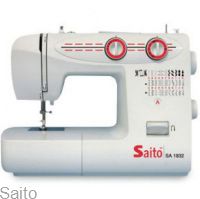
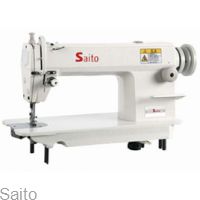


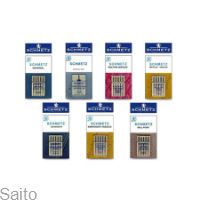
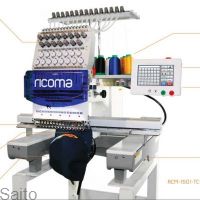
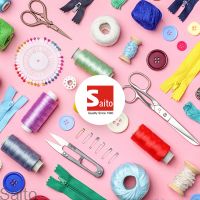
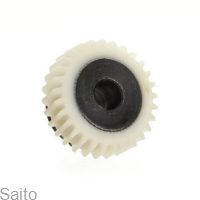

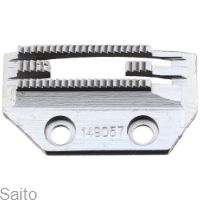
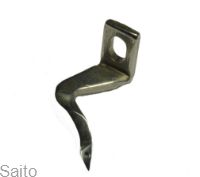
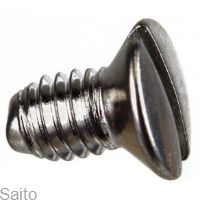
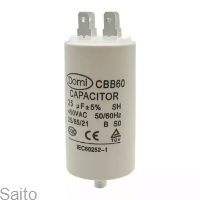

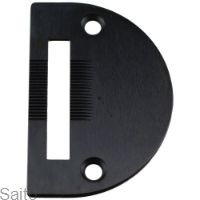
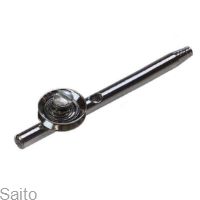
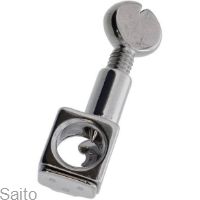
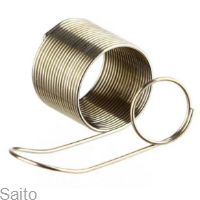
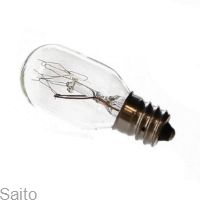
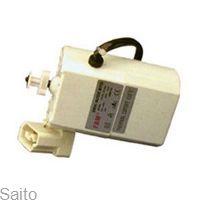
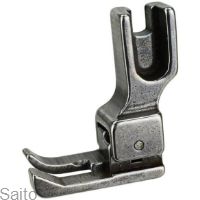
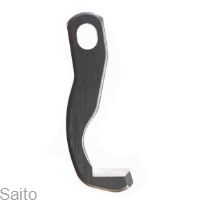
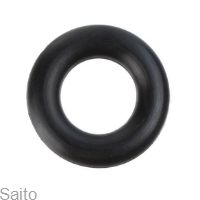
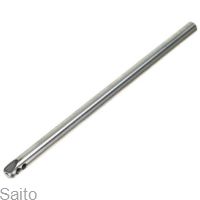
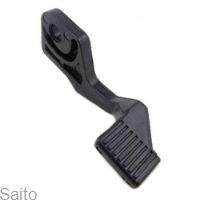
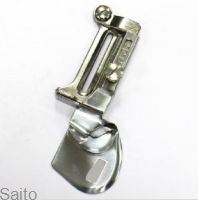
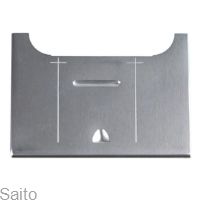
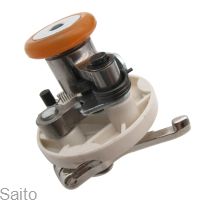
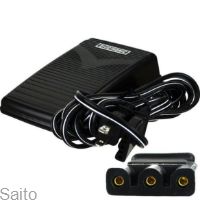
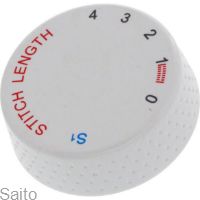
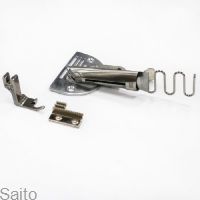
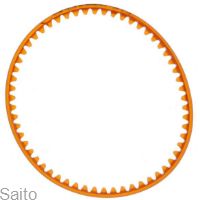
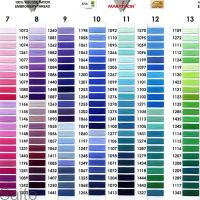
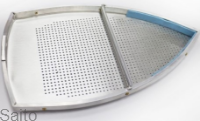
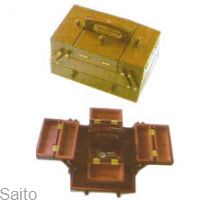
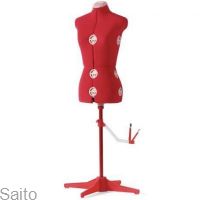
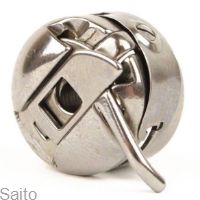
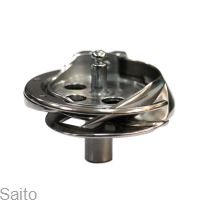
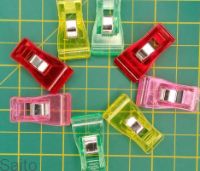

 Comalytics
Comalytics